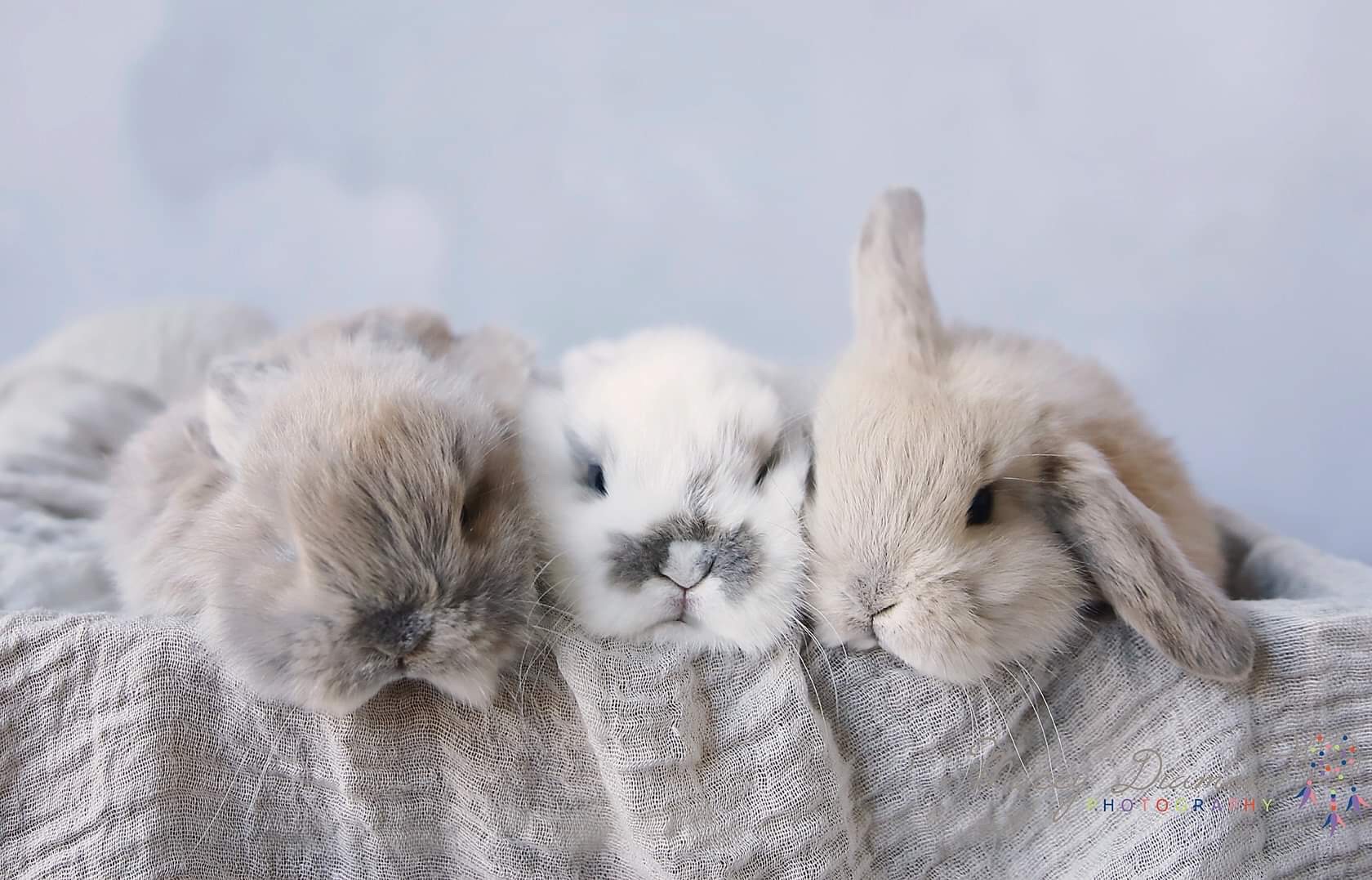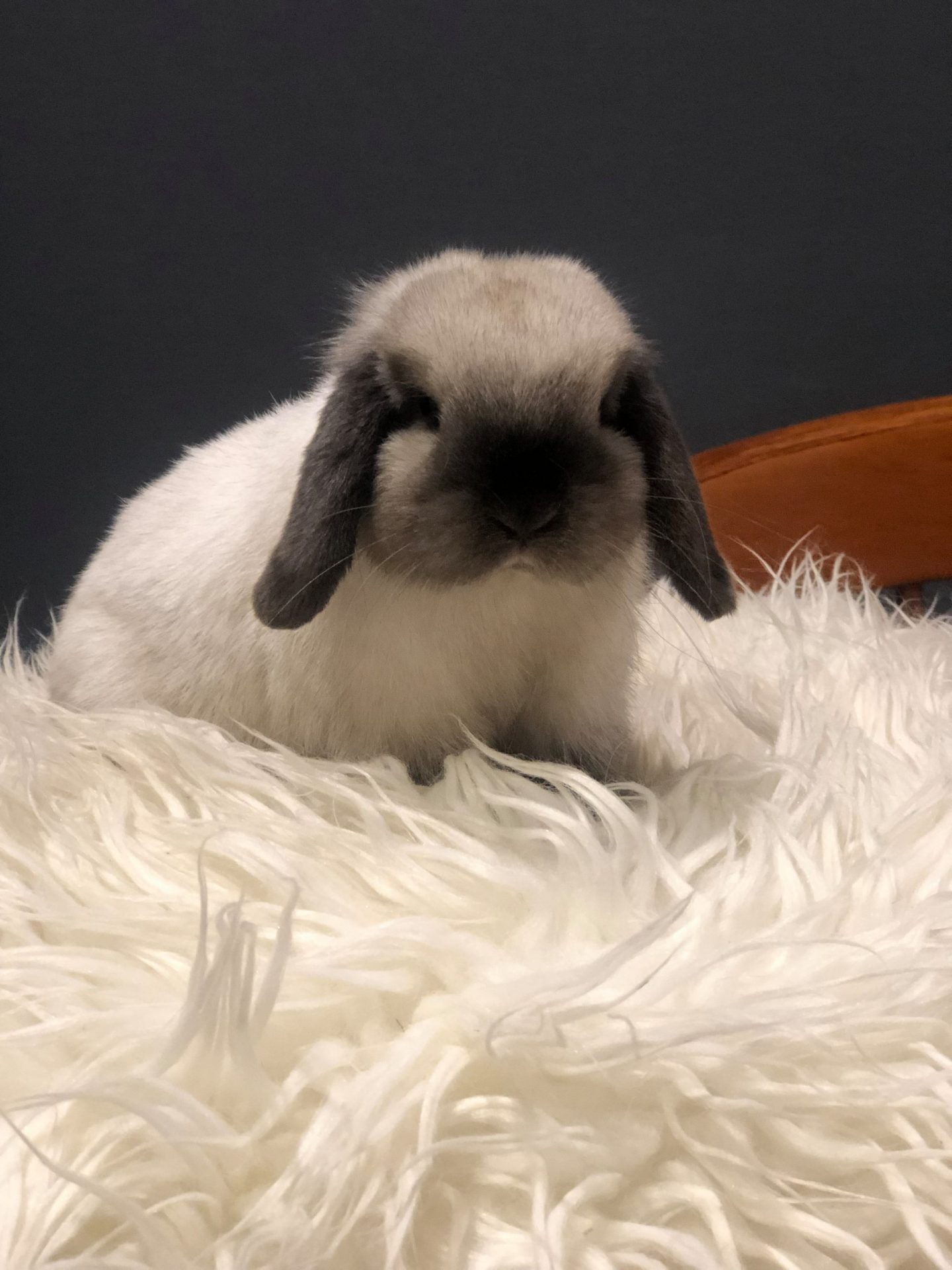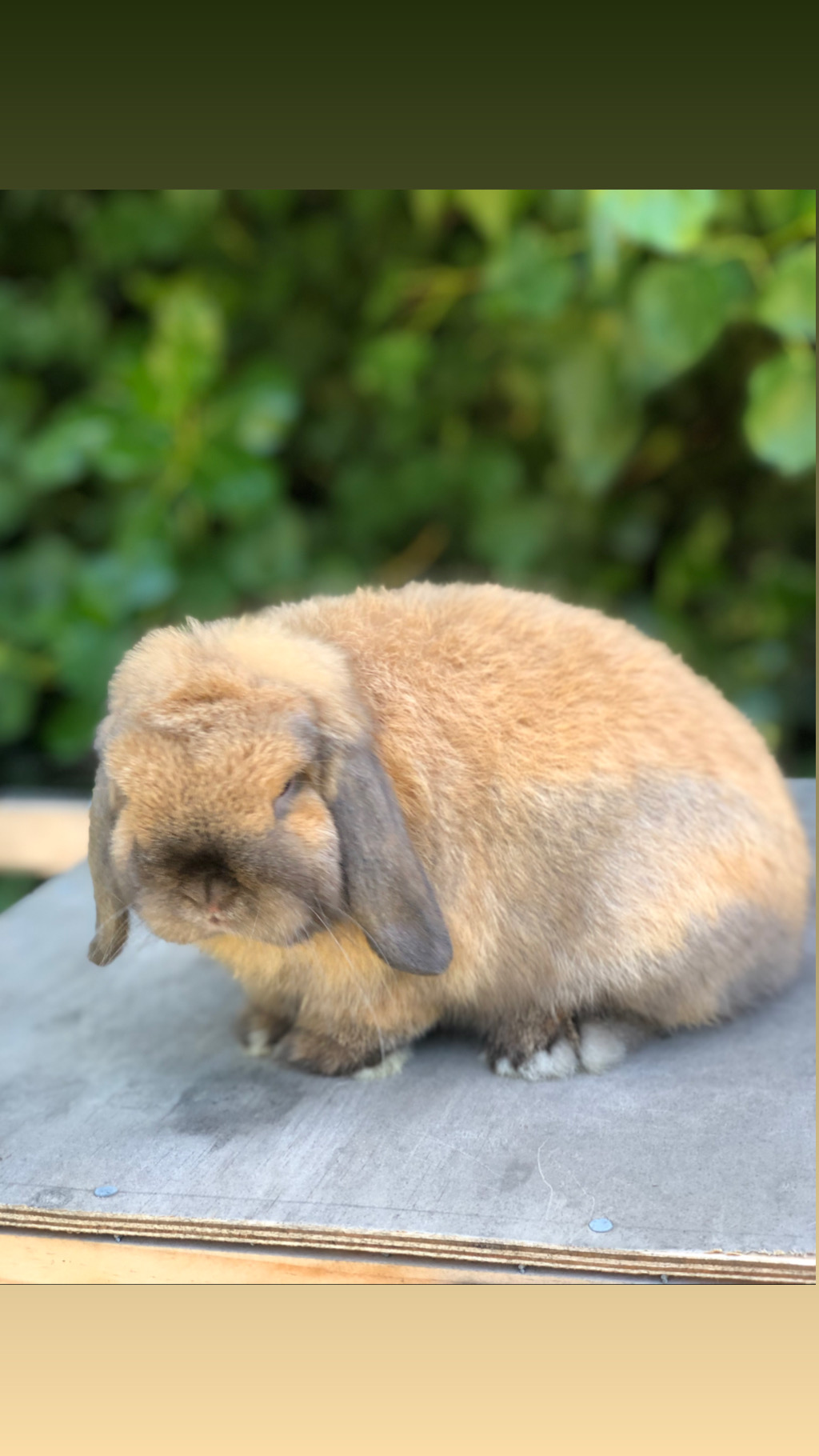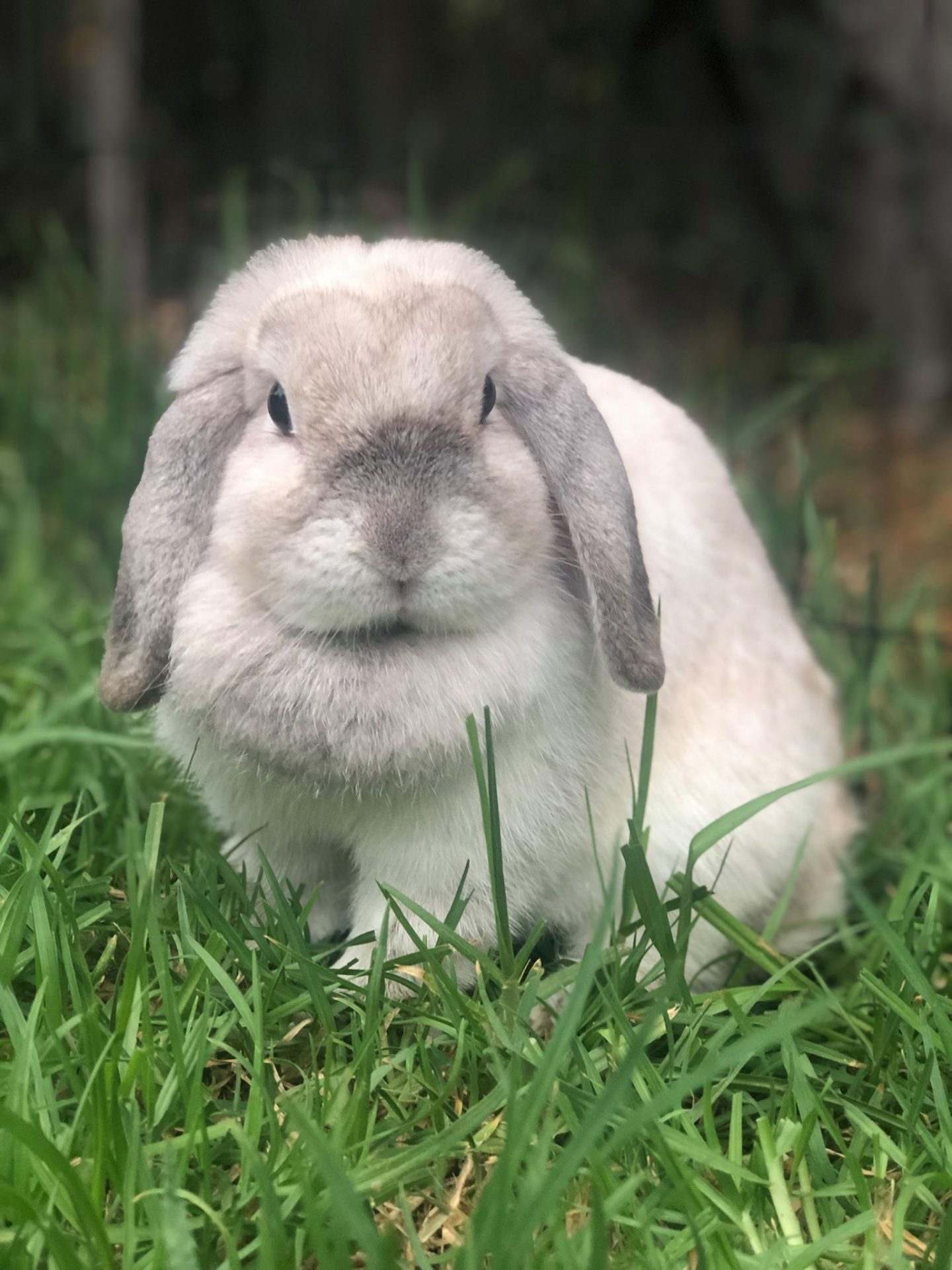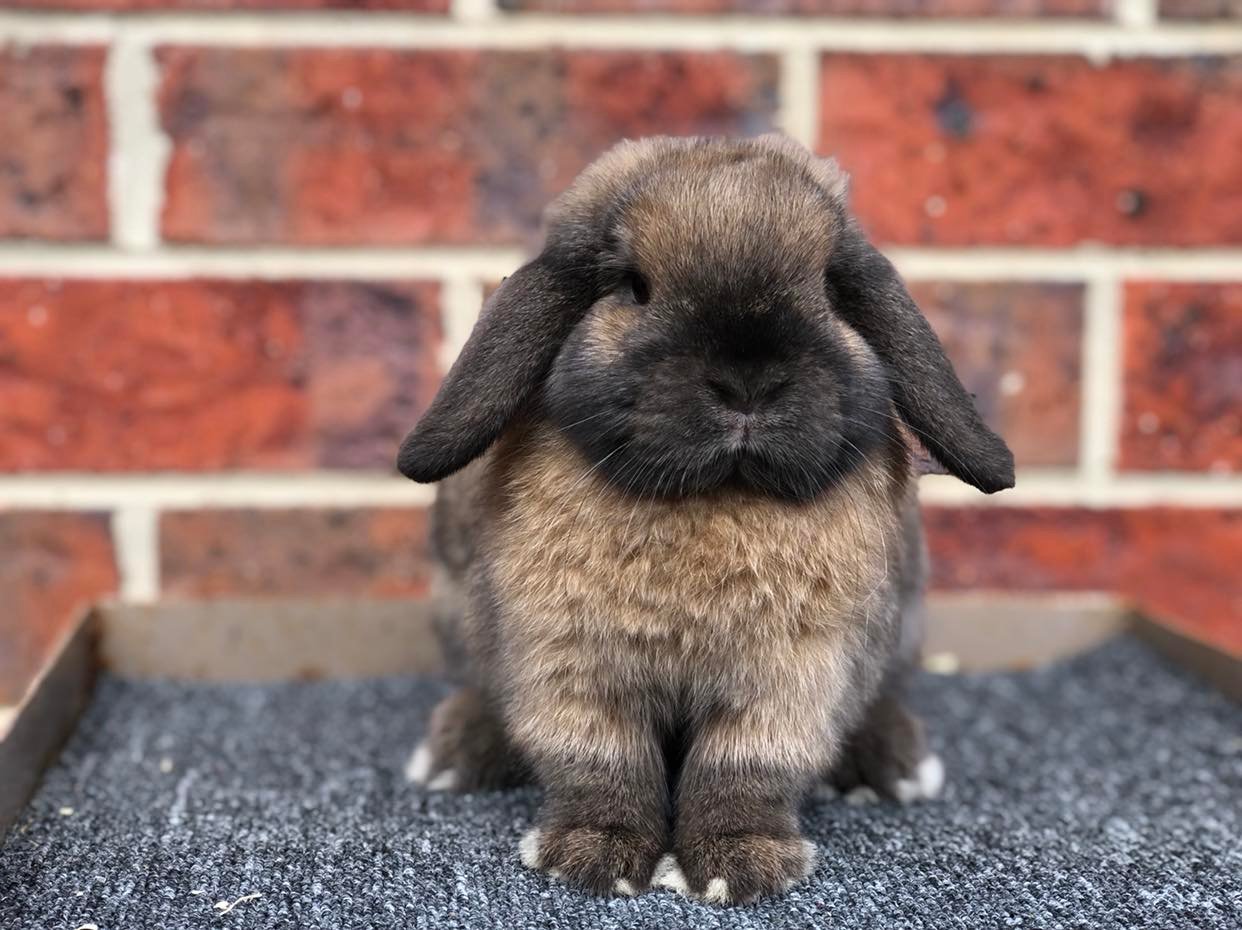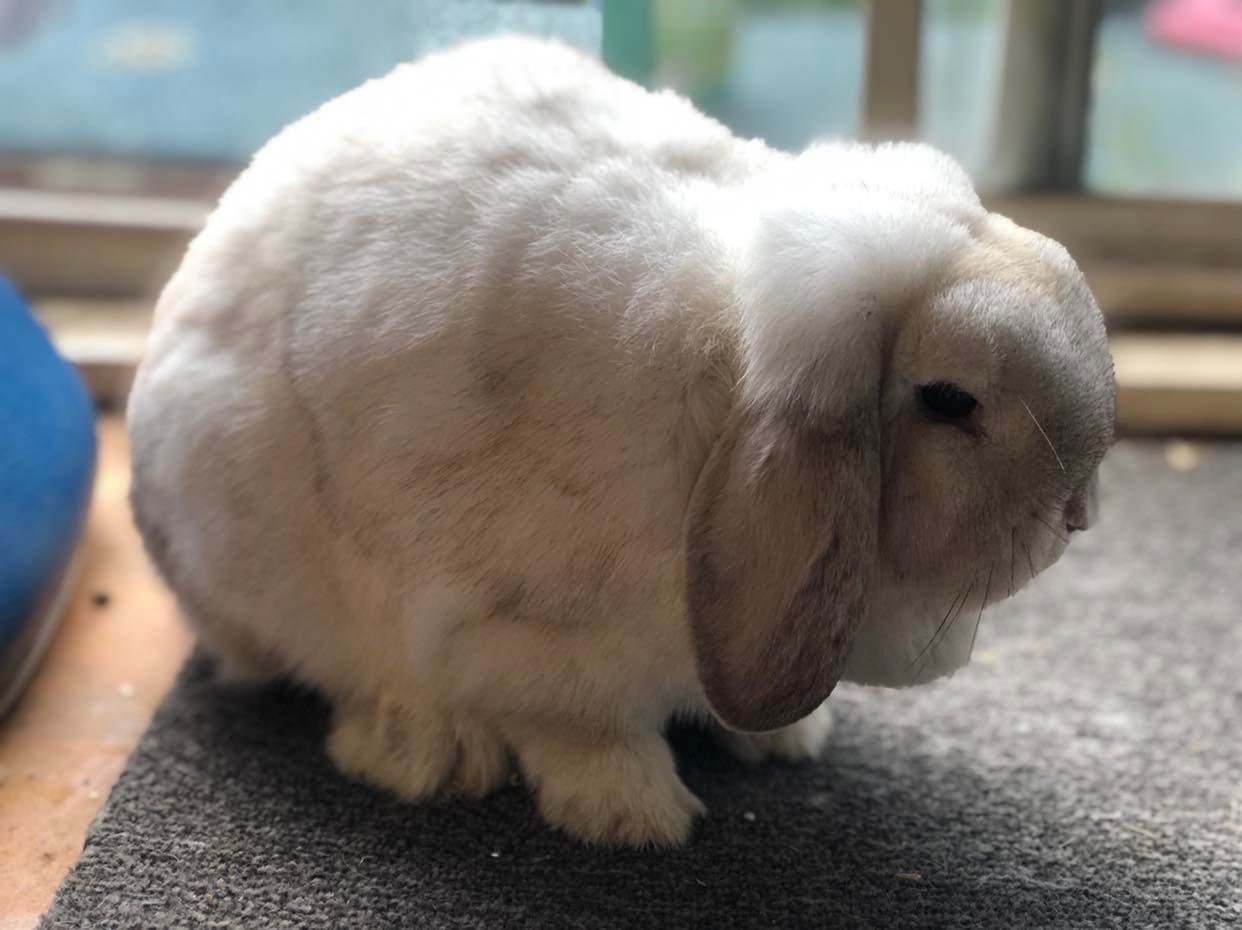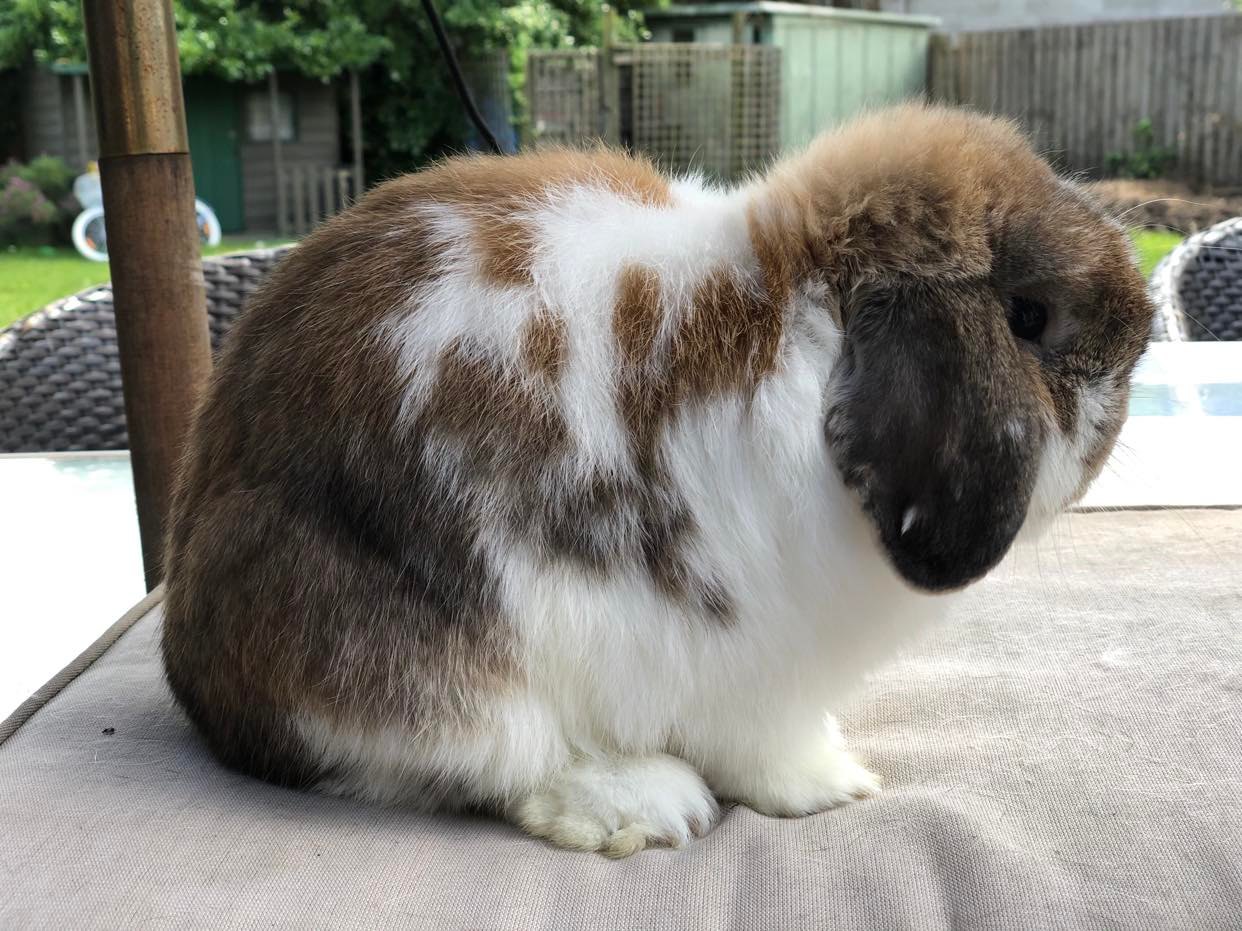Ensure you have your bunnies new sleeping quarters and playpen set up ready for his/her arrival.
The journey home will have been a little stressful for your bunny, so place them straight into their new home and leave them quietly to settle in. By leaving them in their new home for at least 24 hours, this will allow your new bunny some time to make their home their own.
The need to recognize their new living quarters as their own is crucial to their sense of security. Your bunny needs time to adjust to their new environment as they may be experiencing sights, sounds and smells for the first time. If you bunny scrambles or nips it is because they are weary of their surroundings and defending their new space. With patience and time this behavior will stop and they will feel comfortable and learn to trust you.
Keep noise to a minimum in the early days and minimize the number of people who handle your bunny. Let your bunny settle in.
